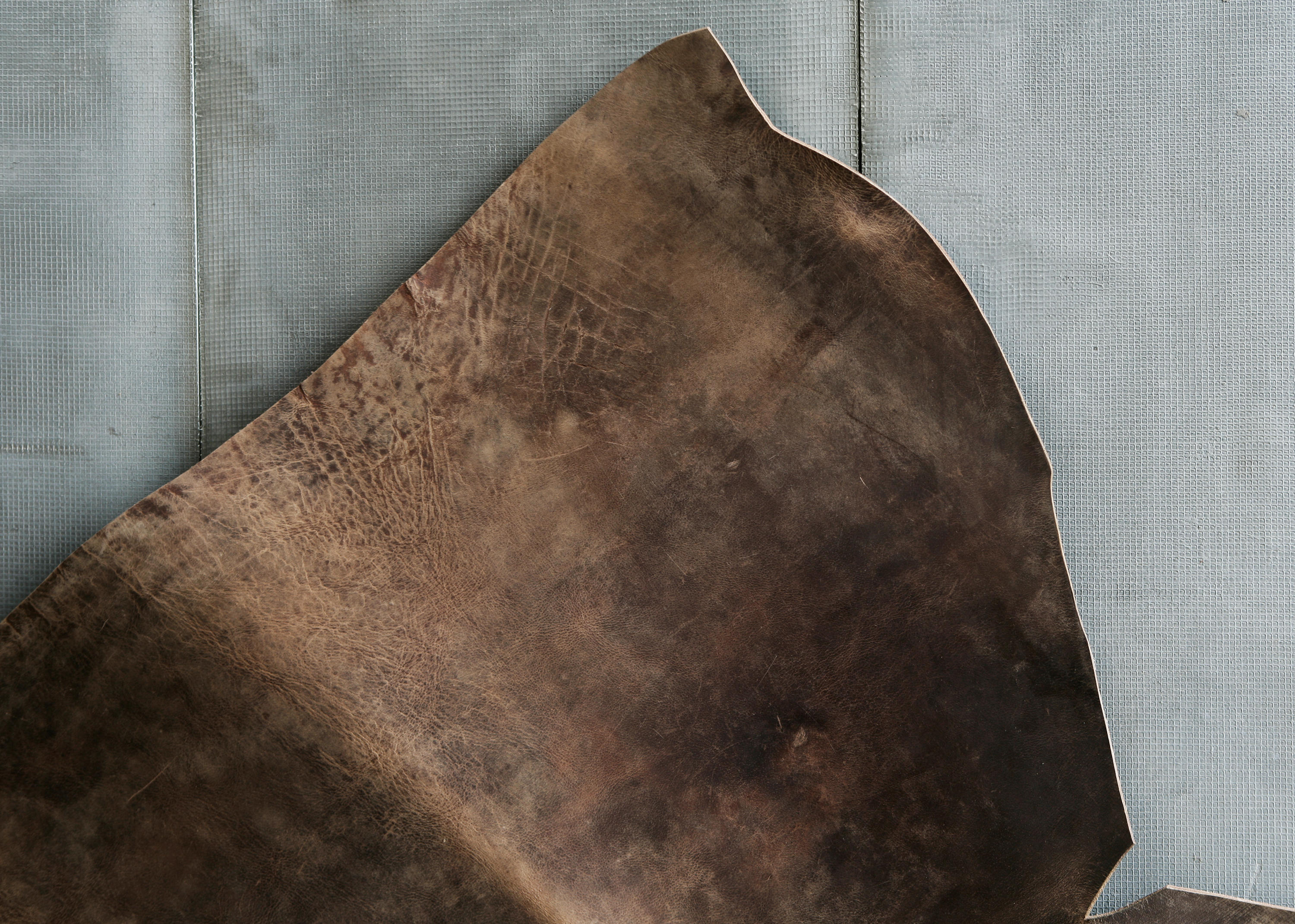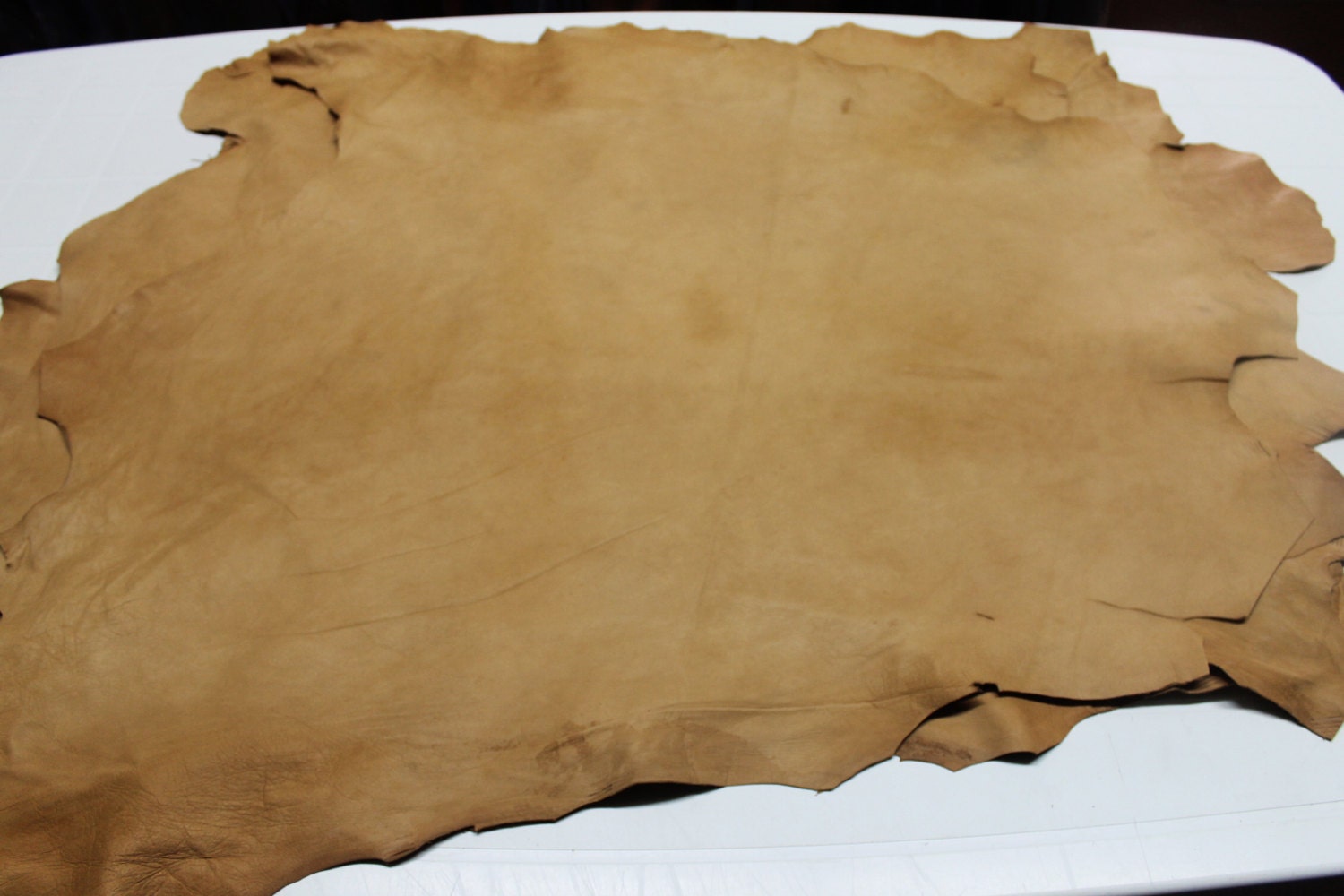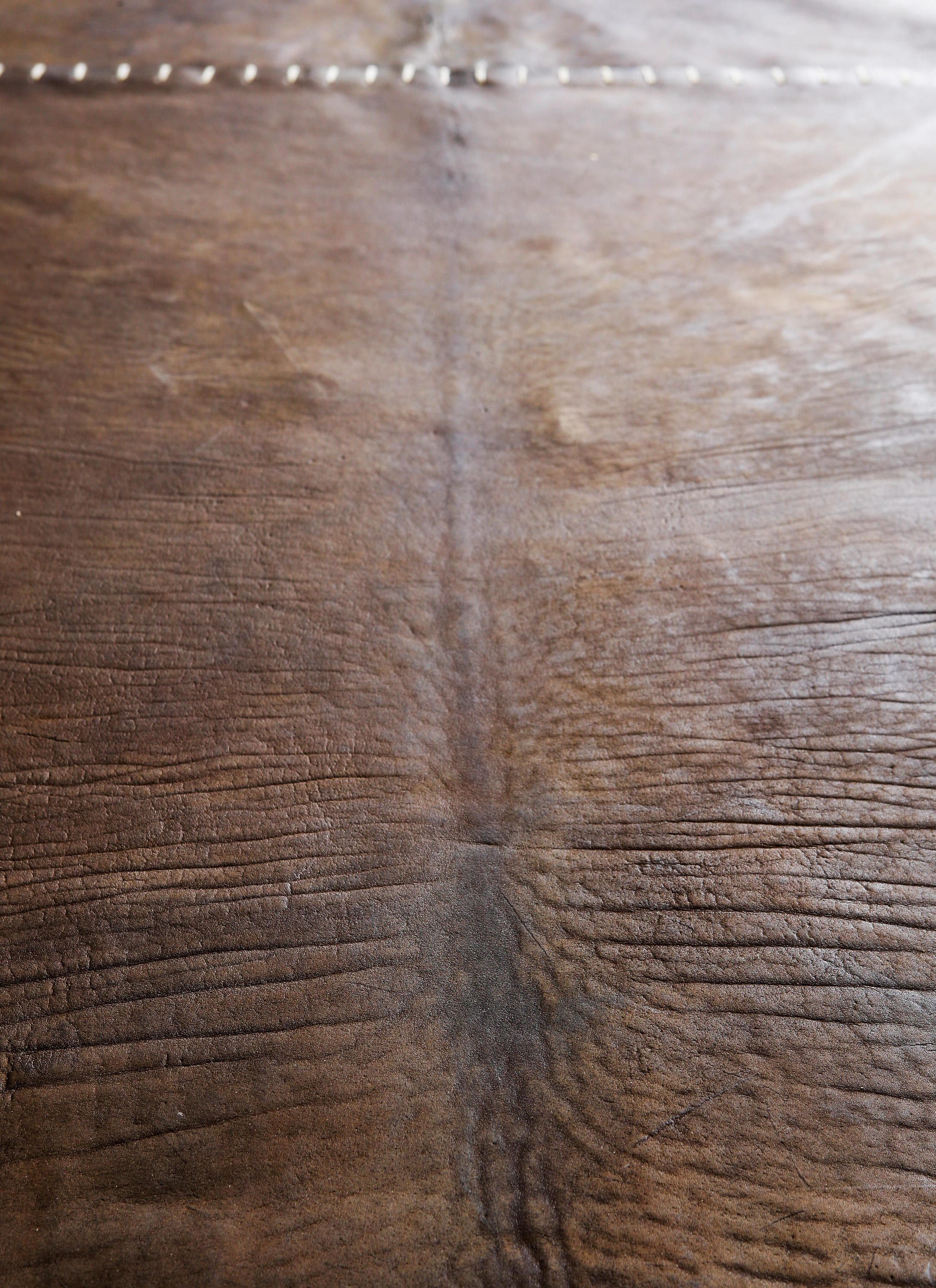
(The same word is source for Old High German tanna meaning 'fir', related to modern Tannenbaum). These terms are related to the hypothetical Proto-Indo-European * dʰonu meaning 'fir tree'. The English word for tanning is from medieval Latin tannāre, derivative of tannum ( oak bark), from French tan (tanbark), from old-Cornish tann (red oak). These are striped and gorgeous hides.Peeling hemlock bark for the tannery in Prattsville, New York, during the 1840s, when it was the largest in the world They make great (and beautiful) rugs, bed coverings and wall hangings. Hopefully we'll be able to offer them in the next few months. We brought back 12 beautiful hides and have found an outfit in Florida that will tan them.
#Leather hides trial
Last week, we launched a new trial here at Polyface. So buying genuine leather products is yet another way to honor the lives of the animals who adorn our dinner. Of course, a complicating factor is that the world uses less leather today with faux fiber everywhere you turn. It's unconscionable that as a society we've let ourselves fall to this level. To add insult to injury, though, consider the disrespect this places on the animals who have dutifully served us and given themselves for our nutrition to summarily throw such a useful component of their lives in the landfill. Rather, our higher prices have more to do with these kinds of scale discriminations within the system. When people accuse farmers like me of being elitists because our prices are higher than Wal-Mart, much of the higher price issue has nothing to do with efficiency or production costs. This $100-$200,000 swing between income and expense is economically devastating to a small community facility. What used to generate a substantial income has now become a substantial liability. But as a small plant operator, realize the shift in economics. Guess who pays that? The facility has to pass that cost back to the farmer who's getting the animals processed. Yet another compostable item the ecology grew and needs to replenish the earth, thrown away. Guess what happens to them? They go to the landfill, where we pay a tipping fee. But none of those hides makes it into leather. Literally.Īt our small facility in Harrisonburg (T&E Meats) we process between 2,000 and 3,000 beeves (plural of beef) a year. In a few short years, what used to be a $50,000 income stream for a small abattoir dried up. Over time, the prices paid to small abattoirs began dropping.Īt massive processing plants where 1,000 beeves are processed in a day, shipping containers sit on site to receive the hides and head straight for a port and the trip over to China. If a broker could pick up a tractor trailer of hides at one stop, that of course was far more efficient than stopping at half a dozen small community abattoirs in order to get a load. (like so much manufacturing) due to over-regulation, China became the new destination for these hides.Īs consolidation accelerated in the industry, larger and larger processing plants enjoyed preferential service from the brokers. Salted down on site, hides would be piled up and brokers would pick them up once a month and send them down the value chain toward tanning into leather.

The most common is from cows.īack 20 years ago, abattoirs received about $40 a hide. Lest I lose anybody in this discussion, let me remind everyone that leather-yes, leather that's on car seats, purses, shoes, luggage, belts-comes from animal hides. I've learned a lot in this experience and one of the things that's most disconcerting is how the world of hides has changed. The eventual partner wouldn't buy it without us putting in a big stake to ensure Polyface's continued patronage. Without a succession plan, the facility was in danger of closing when they finally couldn't do it anymore, so I spent several years actively searching for a buyer. The buy-in occurred about 10 years ago when the couple who owned it were in their 80s and in declining health.

We get our beef, pork and lamb processed there it's about 40 miles away.

Teresa and I co-own a small abattoir (slaughterhouse) in Harrisonburg that employs 20 people and is our closest federal inspected facility.


 0 kommentar(er)
0 kommentar(er)
